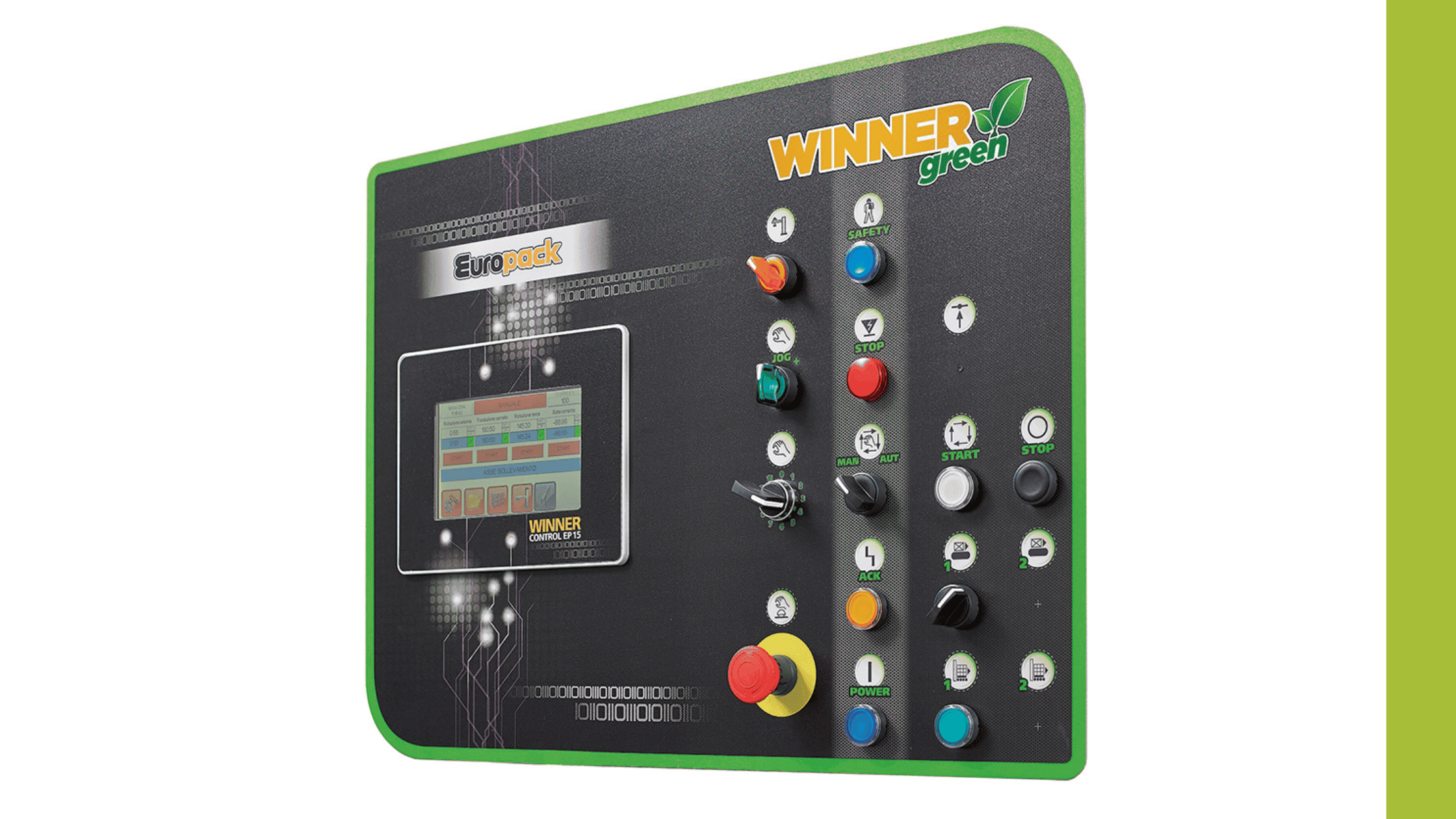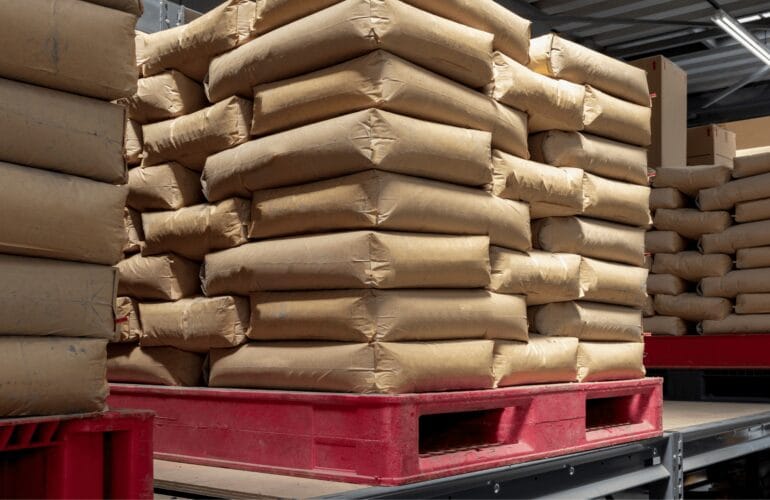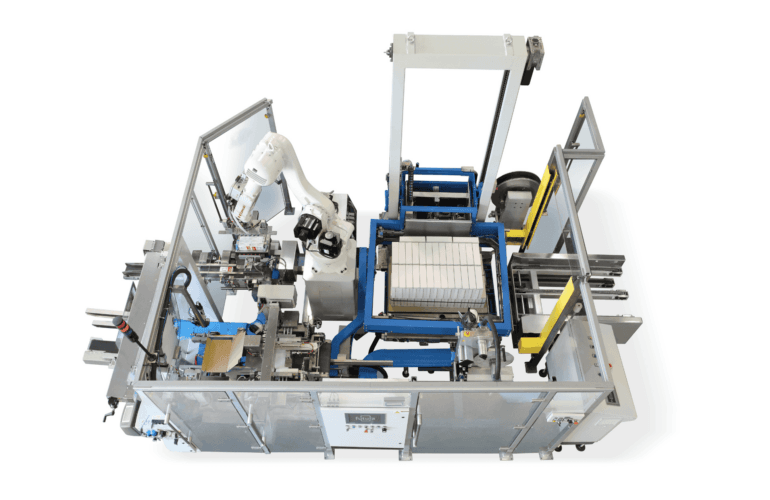Efficient palletisation is an important part of the manufacturing process. But it can also be complicated, with multiple sources of data covering parameters and features all requiring precise processing and management.
The information is often highly technical and, while crucial to ensure an accurate end result, can overwhelm operators who need to work quickly and efficiently. Rather than lists of numbers and data, they require a simple, intuitive interface that is easy to use and provides maximum efficiency.
Europack recognises this, and its Winner series of palletisers has been designed to simplify the interaction between operators and palletising equipment. Extensive, complex, technical backend data has been transformed into easily understandable, visual aids, creating a user-friendly interface that has simplified operations, reduced complexity, and enhanced overall productivity.
How Europack created a user-friendly interface
There are a number of simplifications that contribute to the more user-friendly experience of the Europack Winner series:
1. Recipe management
Operators often need to make changes to palletising systems to accommodate new products or packaging configurations. Europack’s interface allows the palletising system recipes to be easily copied and modified rather than building new configurations from scratch.
2. Customisable palletising schemes
The advanced graphical interface provides a clear visualisation of products on the pallet, so users can modify palletising schemes or create new patterns quickly and easily. Operators can also easily exclude specific pallets from certain handling functions, such as inter-layer and bag pressing, without disrupting the production flow.
3. Automatic generation of robot movement paths (interpolated movement)
Many palletising patterns require the robot to move in several directions at once to maximise the speed of placement (this is called interpolated movement). The Europack Winner interface can generate these movements automatically, automating a tedious and time-consuming task and significantly reducing the operator’s workload.
4. Statistical production reports
Crucial for quality control and continuous improvement, these can be downloaded directly from the display. They can be broken down by recipe or by time period, providing operators with a quick and detailed view of produced and palletised batches over periods of up to a year.
5. Alarm management and logs
Operators can access a history of system alarms to diagnose and resolve issues quickly before they escalate into larger disruptions. The interface will also communicate when maintenance is required, ensuring that equipment remains in top condition and reducing the risk of unexpected downtime.
6. System backup
Once testing is complete at a customer’s premises, the system and its parameters, recipes and configurations are fully backed up so it can be restored to full functionality in the event of a breakdown.
7. Check weighing integration
The interface can incorporate a check weighing system, ensuring products meet the pre-set requirements and managing levels of packaging.
8. Multiple languages
There are 10 languages pre-loaded into the palletising system and operators can switch between them with ease. This is especially useful in multinational or diverse operational environments as a broader range of users are able to access the system.
Other benefits of the Europack Winner series
For 30 years, Europack has refined and improved its Europack Winner series. The rotating beam palletisers work along four axes of motion and can manage from 200 to 1200 cycles/hour and up to a maximum of 50 kg/each product.
The 360° rotating gripper head can be changed to suit different products in different materials, so granular, floury and dusty products can all be efficiently stacked. Combined heads can even deal with more than one type of product.
Perhaps one of the most innovative developments is the energy-efficient Kinetic Energy Recovery System (KERS), a cutting-edge technology that transforms wasted energy into reusable power.
Similar to the system on hybrid cars, KERS utilises regenerative braking technology, capturing and storing the kinetic energy created during the deceleration or stopping process that would usually be wasted or dissipated as heat. This stored energy is then intelligently reused to power other parts of the process, effectively reducing overall energy consumption by up to 70%.




